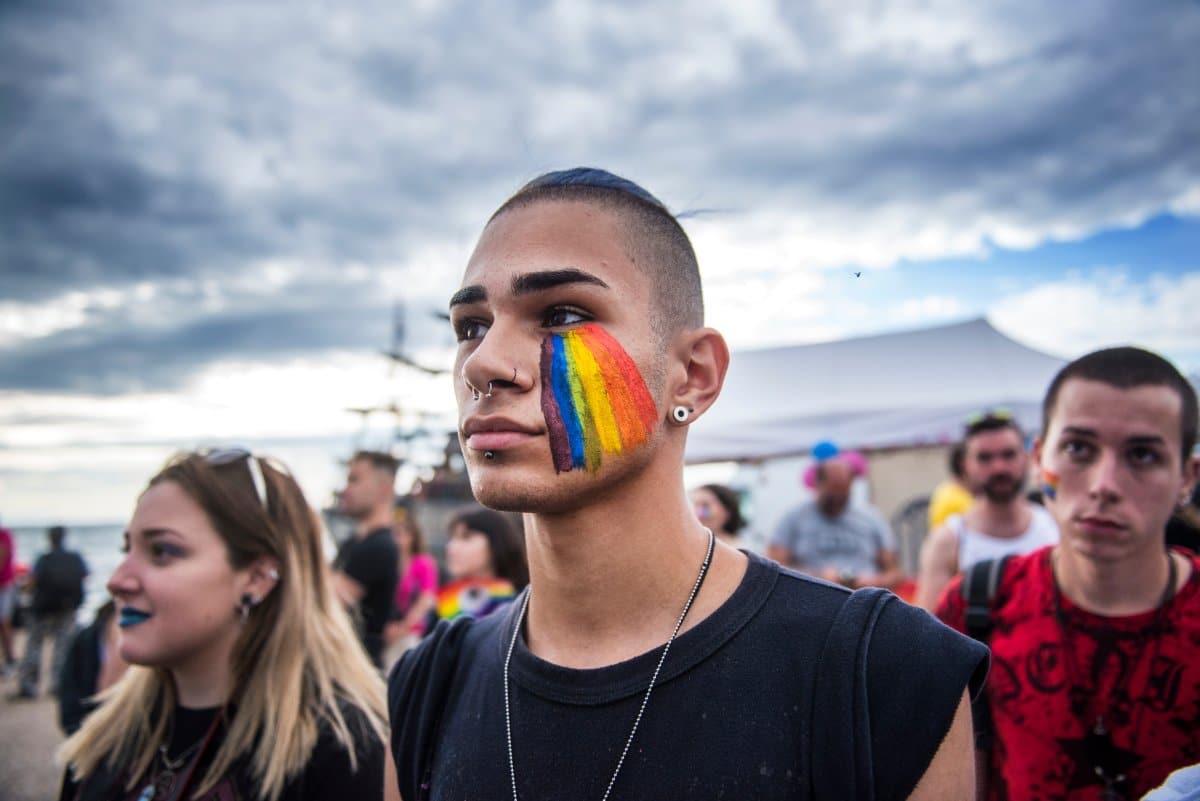The release of the much anticipated Dune: Part Two has come and gone, but not without its own scandal. The original novel’s queer fanbase has been hoping for a less truthful adaptation, one that would be less harmful in queer representation.
Raising Views and Concerns

Denis Villeneuve’s Dune hit theaters in 2021, and fans eagerly awaited the adaptation of Frank Herbert’s classic book series. However, concerns were voiced over how the movie would resolve homophobic elements found in the source material.
A Brute of a Barron
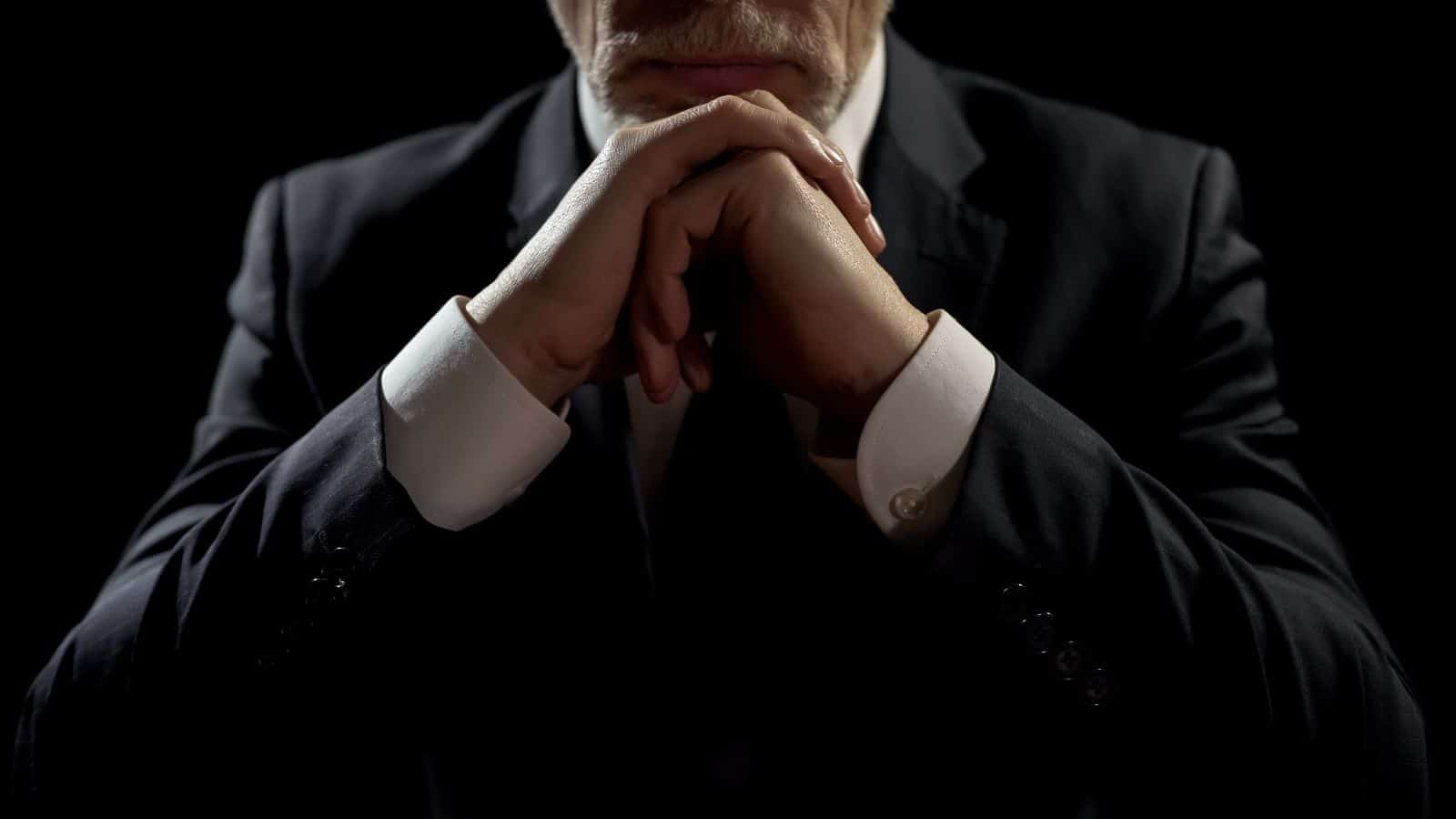
Main resistances lingered around antagonist Baron Harkonnen. In the novels, Baron Harkonnen’s character is a repugnant blend of sexuality and evil, manifesting a complex situation to weed through.
Not So Desirable

Baron Harkonnen is meant to be a twisted figure. On paper, he is pedophilic, incestuous, and is frequently portrayed lusting after his slaveboys. There are even several comments that Baron Harkonnen makes about the protagonist being “desirable.”
Beyond Redemption

The chief antagonist is painted by harmful accusations often hurled at the queer community. While there is no evidence to imply if Herbet’s character design was intentional, the passages offer no redeemable qualities for Baron Harkonnen.
Herbert’s Intention Unclear

With no direct comment from Herbet himself, some say the series was not meant to be interpreted as having ant-gay undertones. Yet, the works still serve as a time capsule to the social attitudes of the period when the books were written.
A Rewrite Much Needed

For the cinematic adaptation, Villeneuve alters Baron Harkonnen into a more menacing and cruel figure. The director also removes the pedophilic desires found in the literature.
Walking a Fine Line

Villeneuve takes a diplomatic approach by including complex themes without detrimental stereotypes. There are slight suggestions of the character’s sexual orientation but no nods to his immoral sexual practices.
Rebranding

One prime example is the scene where Duke Leto is captured by the Harkonnens. Villeneuve handles the queer undertones with nuance, giving it space without overpowering the storyline.
A New Hero
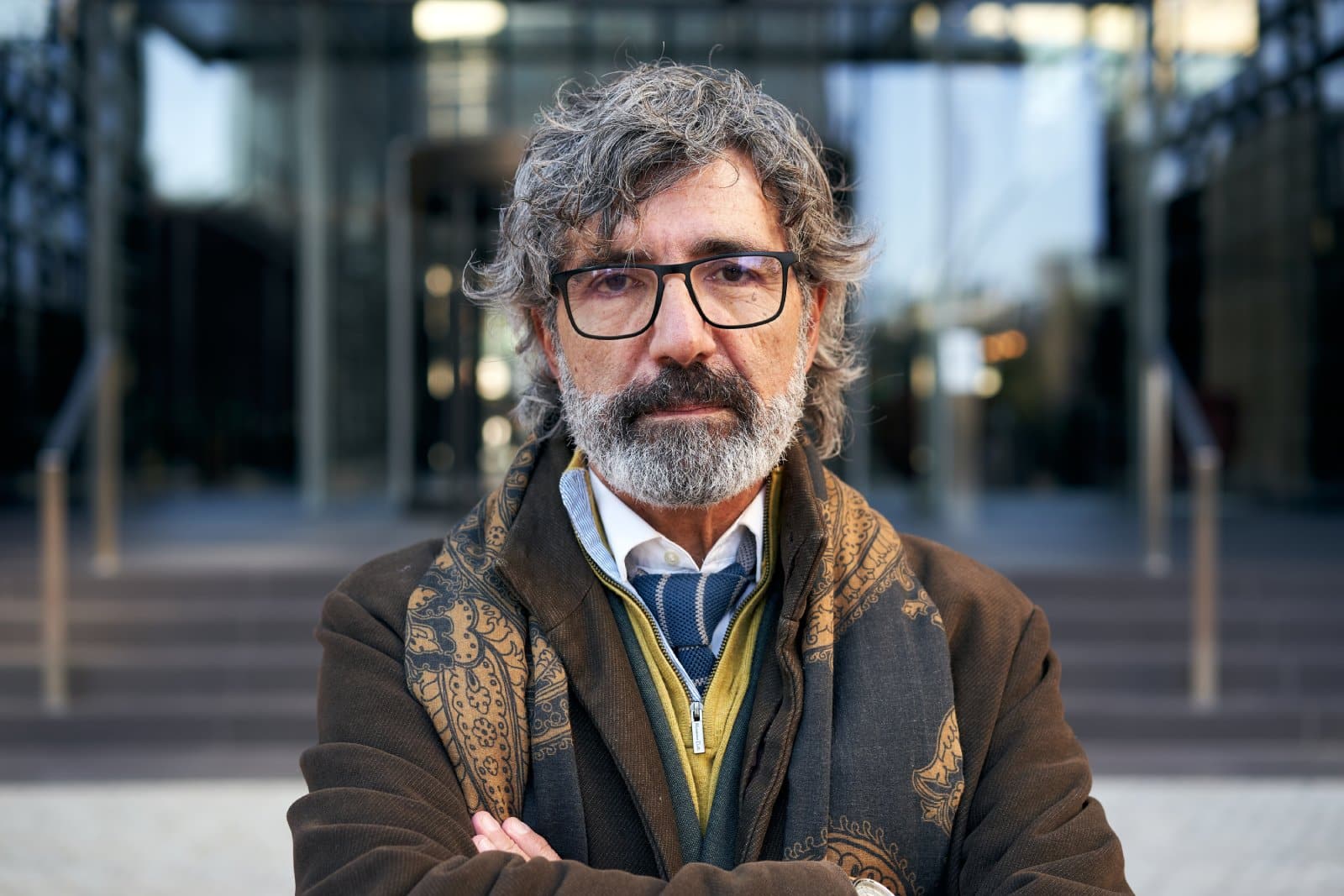
Dune: Part Two continues to explore the nuances of queer-coded characters through Paul’s relationships, primarily seen in the subtext with Stilgar.
Bromance or Romance?
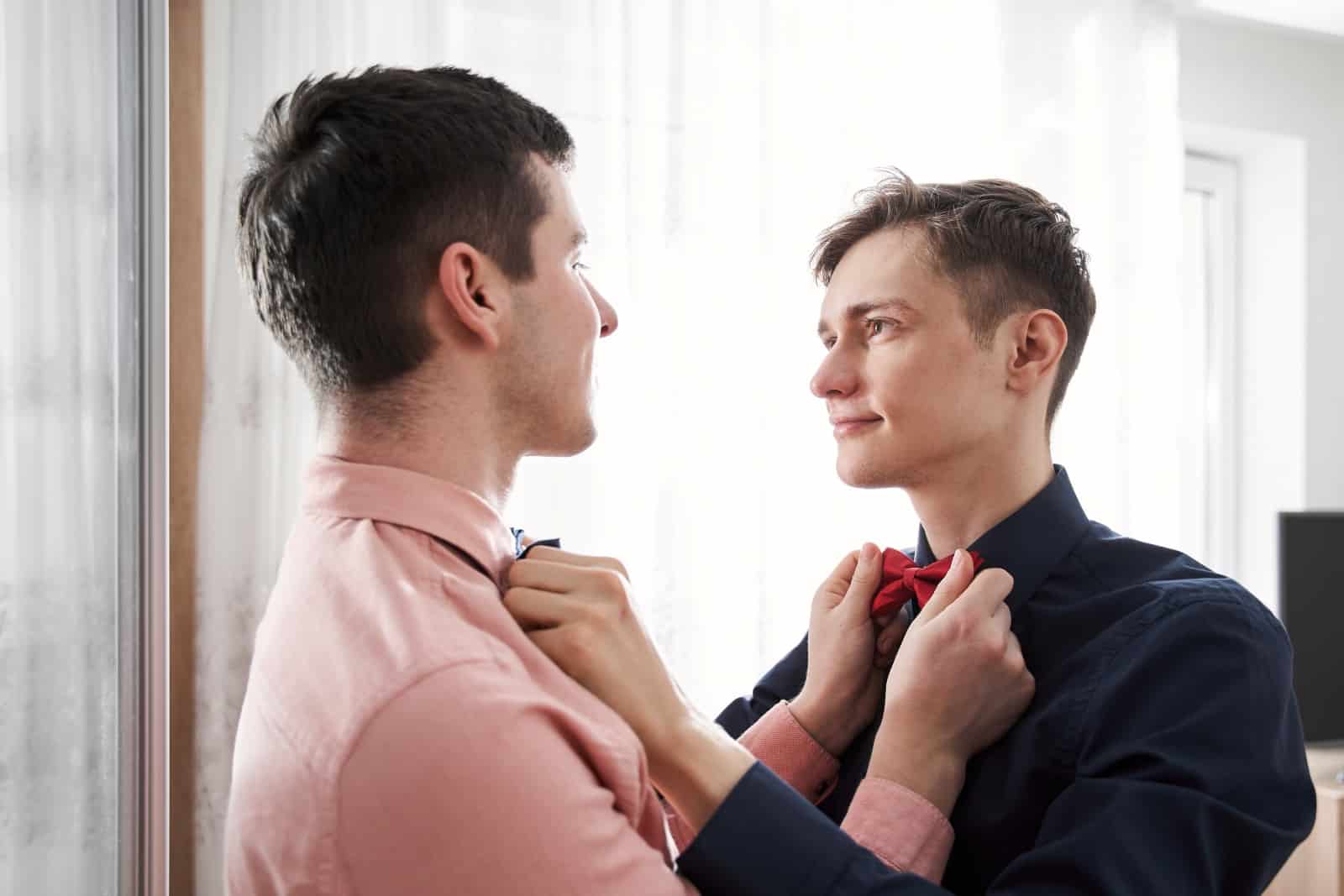
During the film, Paul’s connections with men like Stilgar seem to display homoerotic notes, which creates a unique chemistry between the two characters as they learn they are drawn to each other by more than shared goals.
A Complex Couple

Stilgar, who is portrayed by Javier Bardem, gifts the audience with his sense of devotion. This reverence for Paul goes beyond roles of messiah and disciple, and at times comes across as intimate.
Representation Matters

Villeneuve reinterpreted this relationship for his adaptation, deviating from the source material. Pro-LGBTQ+ viewers are given an anchor that they can identify with during the runtime of the film.
Fanart Galore

This reimagining has inspired many fan artists to create works celebrating queerness within the Dune cinematic universe. Much of this artwork highlights the importance of having representation in the media.
A Fall From Faith

That being said, several die-hard fans find the adaptation to be unfaithful, and believe it to be an attempt to force diversity where it does not belong.
Dune or Doomed?

Some zealous enthusiasts of the original Dune series have even gone so far as to boycott the film. They hope that in protest, future films will take note of their disapproval and continue to make movies that stick to their original form.
Biblical Backlash
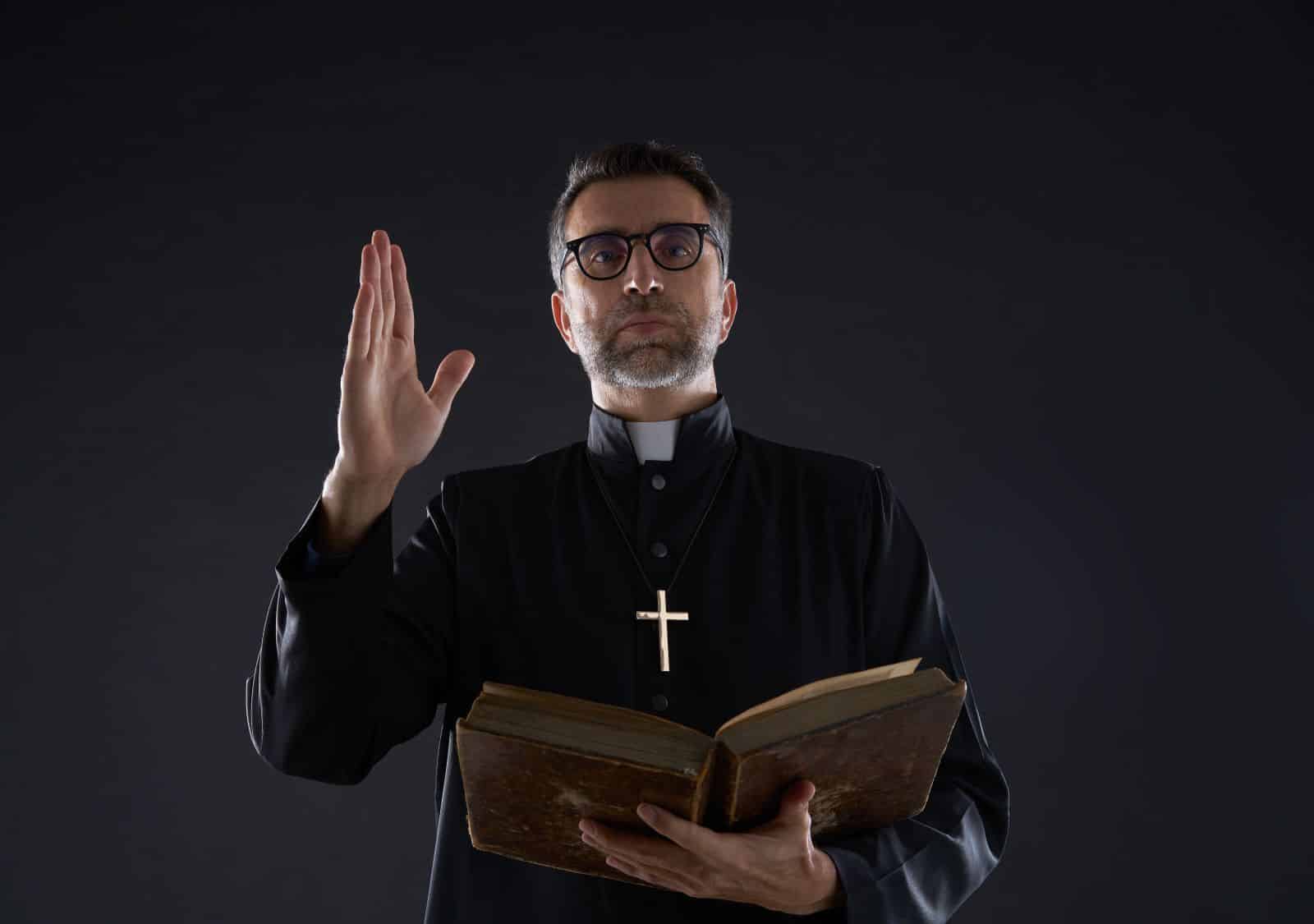
For many belonging to this camp, Dune is actually a much more spiritual allegory. Parallels can be drawn between the protagonist and Jesus Christ, undergoing grueling journeys to achieve the role of savior.
Eye of the Beholder

Ultimately, retelling classic stories like Dune prove that storytelling isn’t fixed, often changing depending on current social views. This can revitalize work, allowing it to reach new consumers. After all, what would art be if there was no one to appreciate it?
The post Biblical Backlash: Homophobia Resurfaces Amid Dune Movie Hype first appeared on Pulse of Pride.
Featured Image Credit: Shutterstock / Giannis Papanikos.
For transparency, this content was partly developed with AI assistance and carefully curated by an experienced editor to be informative and ensure accuracy.

